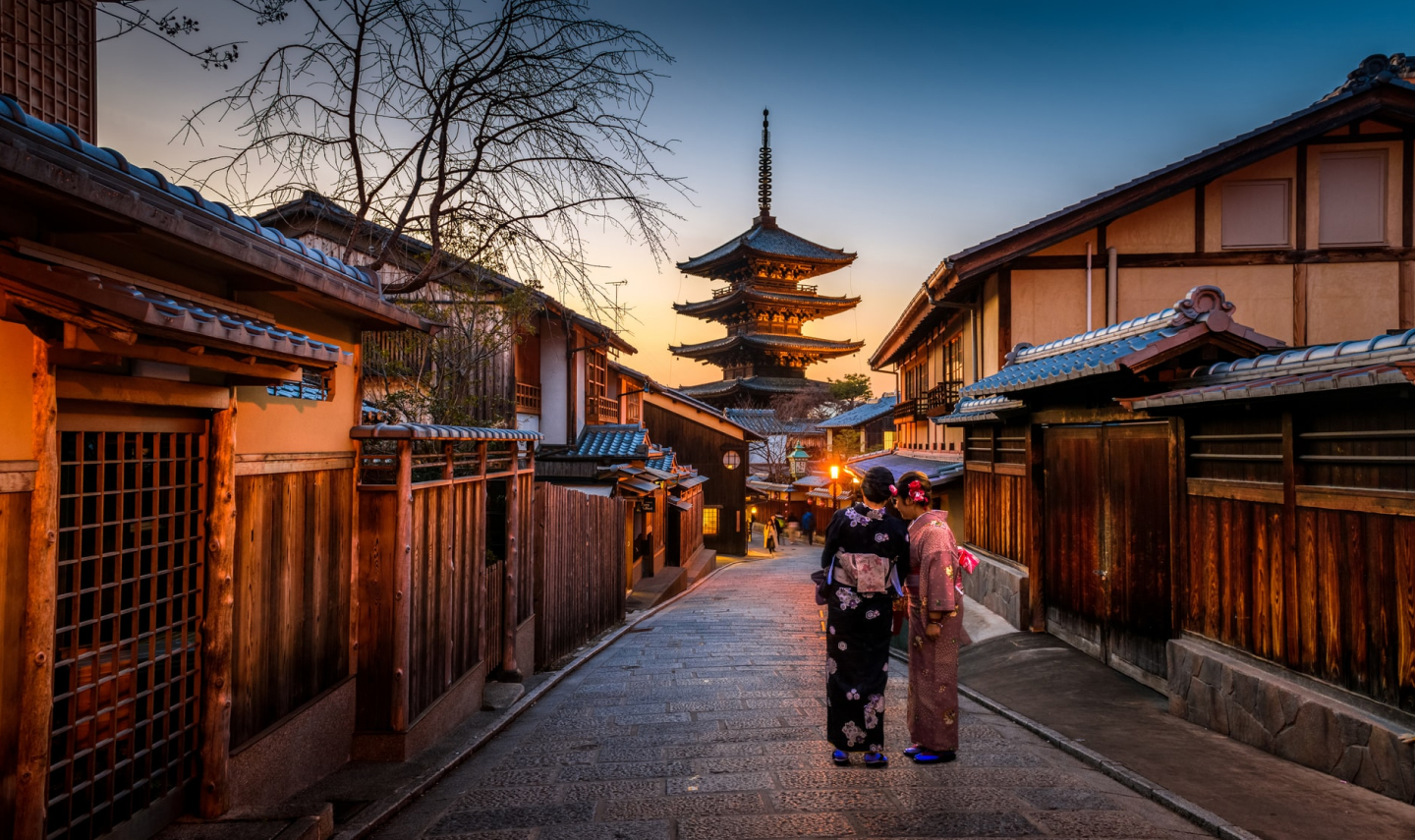Bhutan - Getting to know Punakha
No wonder they kept the winter capital in Punakha for centuries and the monastic order still gravitate here in the winter months! Punakha Valley is a true jaw-dropper, even in a country where most of the scenery can be described as ‘epic’ without exaggeration. As one of the lowest places in Bhutan at (only) 1,200 metres above sea-level, this fertile river valley has a balmy, subtropical climate. You can set aside your fleece, but keep a camera close to hand...
Bhutan Punakha Travel Guide
The drive from Thimphu to the Punakha Valley is only 50 miles, but takes three hours, along roads that wind precipitously through the mountains. The most memorable part of this impressive journey is the pause at the Dochula Pass, festooned with colourful prayer flags that flutter in the breeze. On a clear day the Himalayan views are absolutely sublime, and you can on occasion see as far as Gangkhar Puensum, Bhutan’s highest mountain. Beside the road are 108 stupas, paying tribute to fallen soldiers, and circumambulating them is a good way to stretch your legs (as well as bringing good fortune for the journey ahead). Keep your eyes open for the occasional hairy yak making its way towards fresh pasture.
Mo Chhu (Mother) and Pho Chhu (Father), two glacial rivers, intersect the valley. At their convergence lies the town of Punakha itself, and the beautiful, golden-domed Punakha Dzong (fortified palace), among the oldest and most beautiful dzongs in the country. Much of the landscape is layered with picturesque rice terraces, while in the village orchards, tree branches creak beneath the weight of mangoes, papaya and oranges. This is the market garden of Bhutan.
Throughout the Punakha Valley you will encounter some eye-catching imagery, often painted on the walls of houses. Large phallic symbols are common in rural areas and especially here. They originate with the Lama Drukpa Kunley, also known as the ‘Divine Madman’, who introduced Buddhism to Bhutan, and are said to ward off the evil eye and bring good luck in fertility. Whilst it’s a rather startling motif, they make for some unusual photographic opportunities!
What to do in Punakha
The monk-tastic Punakha Dzong, its full name meaning ‘Palace of Great Bliss’, must surely rank among Bhutan’s finest architectural achievements. Many priceless treasures, including religious relics, are housed in the elaborate temples, halls and courtyards of the vast six-storey structure, which was designed to protect against invasion. The Dzong occupies a strategic setting at the convergence of Mo Chhu and Pho Chhu, and is accessed over a traditional cantilever bridge. Arguably the most beautiful dzong in the country it is particularly picturesque during spring, when the whitewashed walls brilliantly reflect the sunshine, and the surrounding jacaranda trees are in full bloom.
Chimi Lhakhang is a small Buddhist monastery near the village of Lobesa, said to have been blessed by the Divine Madman himself. Kunley practised some unusual approaches to enlightenment, many of which revolved around sex, wine and fertility. Legend has it that he defeated a demon here using his ‘Magic Thunderbolt of Wisdom’ (we’ll leave you to figure that one out for yourself). Childless couples regularly come to the monastery to seek blessings, and despite Kunley’s slightly wild reputation, it has a very serene ambience
Around Punakha Valley
Situated on the northern side of the valley, the beautiful Khamsum Yueling Monastery was commissioned by the Queen Mother of Bhutan to promote world peace. The monastery rewards those who trek up through verdant forest and rice paddy fields with its renowned murals and compelling panoramas over the countryside.
Both red and white rice are cultivated in the Punakha Valley, and the pretty Ritsha Village is a perfect example of rural architecture going on much as it has done for centuries. The locals live in attractive little mud houses perched above the riverbank, tending their fruit and vegetable gardens, and providing a friendly welcome to explorers.
Atop a ridge overlooking Punakha, clad with fragrant pine trees, the Sangchhen Dorji Lhuendrup nunnery is dotted with intricate statues of Buddhist figures. Between greeting guests and meditation sessions, the nuns here learn embroidery, sculpture and the ancient art of thangka painting.
The royal house of Wangchuck
Bhutan has only had a monarchy since 1907. Every king has been crowned at the Punakha Dzong, and the latest chose to be married there as well.
Every March, the Punakha Dzong hosts the Punakha Drubchen festival. The event commemorates a 17th century victory over Tibetan forces which led to the unification of Bhutan. Theatrical reenactments of the battle are a lively affair, and a fascinating insight into Bhutanese cultural heritage.
Speak to one of our
Concierge specialists
Start planning your tailor-made trip by contacting one of our Concierge specialists
Map of Punakha
Places on the map
-
Punakha
-
Thimphu
-
Paro
-
Phobjikha Valley
-
Bumthang






















